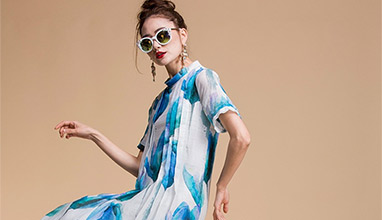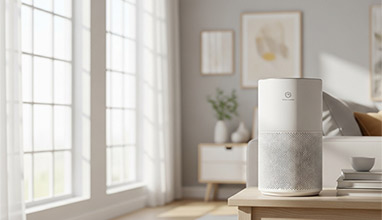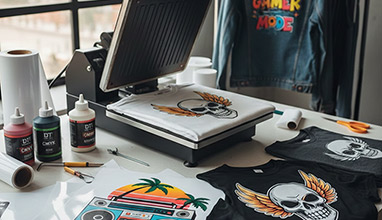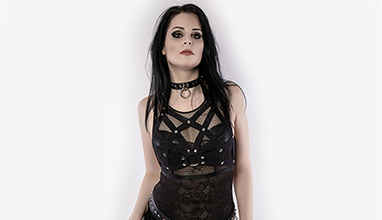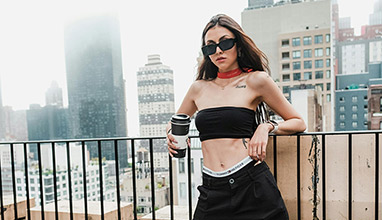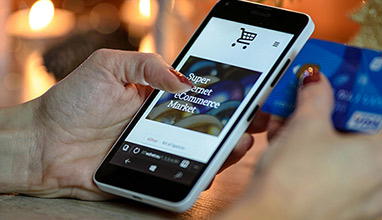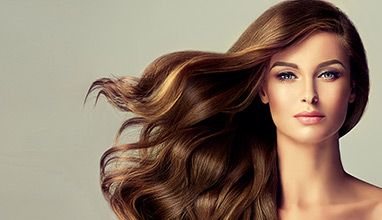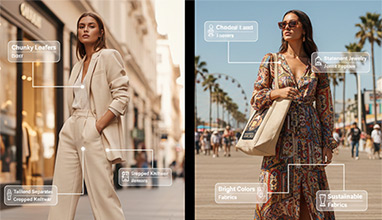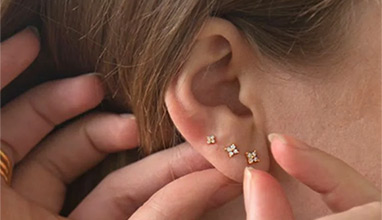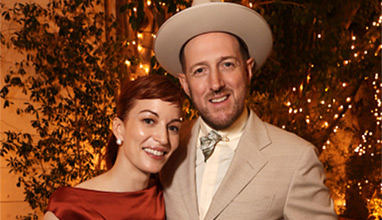Fashion Eras That Left a Permanent Mark on Modern Design
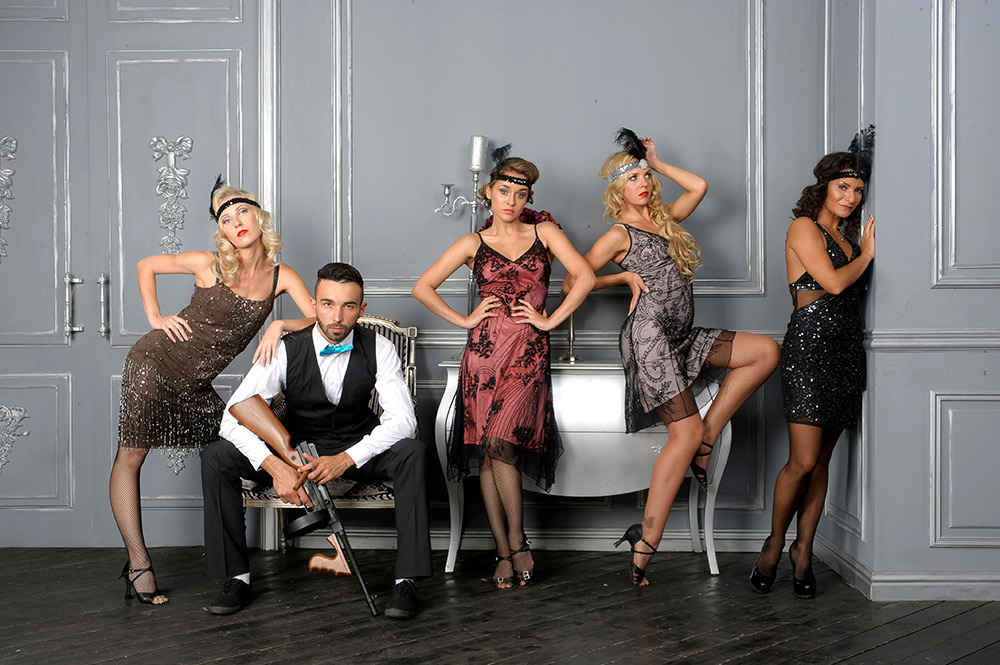
Fashion is kind of wild when you think about it. One minute we’re cringing at photos of ourselves in low-rise jeans or triple-layered camisoles, and the next? They're back on purpose. And we’re... into it? What was fashionable once comes back in style sooner or later because fashion moves in cycles. But some eras aren’t just revisited - they never really leave. There are a handful of fashion eras that left a permanent mark on modern design, reshaping the way we think about style, self-expression, and even identity. They didn’t just influence trends - they rewired the whole system. And somehow, decades later, they’re still showing up in what we wear, how we style it, and the stories we tell through clothing.
The 1990s
Starting with the ‘90s, this period came in with a shrug and a perfectly-fitted white tee. Minimalism was all the rage. Think Calvin Klein ads with blank backgrounds and smoldering stares. Think Kate Moss in barely-there dresses. And think bands wearing flannel like it was a religion. There was power in restraint - clean lines, quiet palettes, normcore before it had a name. And for a generation exhausted by excess, it felt honest. That honesty has aged well. Modern brands like The Row and COS are basically ‘90s love letters. Capsule wardrobes? Neutral tones? Still trending. Still fresh.
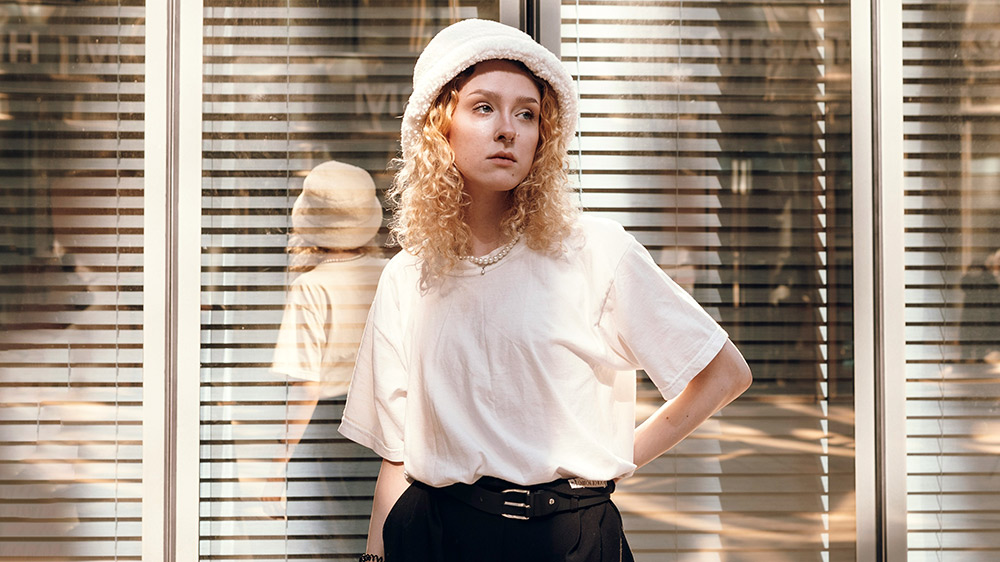
Minimalism in the 1990s was about honesty and restraint. This clean, pared-back look continues to inspire modern wardrobes.
The power moves of the 1980s
If there’s one decade that refused to whisper, it’s the ‘80s. This era didn’t do subtle. It was all: ‘’Here I am, deal with it.’’ Big shoulders. Brighter colors. Louder prints. Confidence - tailored and padded to perfection. But it wasn’t just style for style’s sake. Power dressing came from a real place, especially for women stepping into workplaces that weren’t exactly built for them. Shoulder pads became symbolic, not just structural. And the thing is - they’re back. Again.
You can thank the ‘80s for half the silhouettes in your feed right now. Oversized blazers. Sharp suiting. Wide belts. Structured drama. Scroll through today’s top brands - Balenciaga, Saint Laurent, Zara - and you’ll find more than a little DNA from that decade. So yeah, trends from the 80s didn’t just make noise - they’re still speaking volumes.
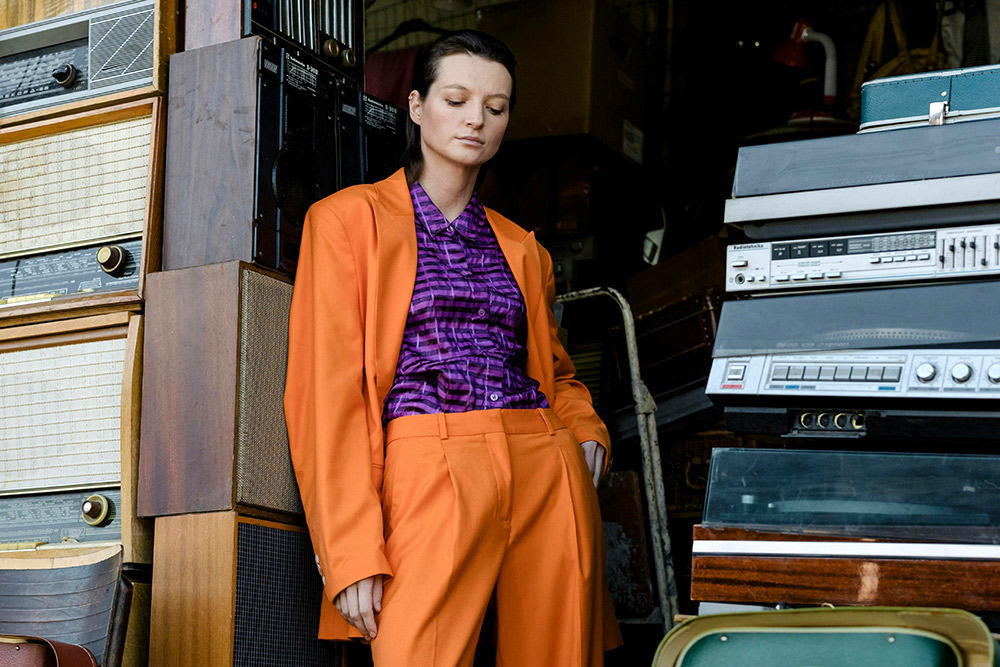
This modern take on an 80s-style power suit shows how fashion eras that left a permanent mark continue to shape bold, expressive dressing today.
The seventies
The ‘70s were all about freedom and a little bit of chaos. But in a good way.
Boho. Glam. Folk. Studio 54. It was all happening at once. One day you’re in a flowy floral dress and suede vest, the next you’re in gold lamé and platforms, dancing under a mirrored ceiling. That tension between earthy and electric shows up now in ways that feel weirdly current. The wide-leg jeans, the crochet everything, the mushroom-toned palettes - you can trace a straight line from the ‘70s to today’s festival fashion and beyond. But more than that, the ‘70s cracked fashion open. It made space for individuality and the idea that your style could change with your mood. That still sticks.
The mod moment
The '60s were not trying to be subtle. This was the decade that looked around at all the seriousness of the world and said, “Okay, but what if we wore white go-go boots and giant geometric earrings instead?” The mod movement was a whole vibe. Youthful. Sharp. Anti-establishment. From Mary Quant’s iconic miniskirts to color-blocked shift dresses and eyeliner so bold it bordered on graphic design, the message was clear: the kids were taking over. You can still feel that defiance in today’s streetwear and indie labels. It’s in the loud prints, the clashing textures, and the deliberate mix of masculine and feminine shapes. Fashion became a kind of protest in the 60s. And honestly, it still is.
The golden age of Hollywood
We can’t talk about fashion eras that left a permanent mark on modern design without mentioning the golden age of Hollywood, a.k.a. The 1930s and ‘40s. These were the eras of bias-cut gowns, sweeping silhouettes, and impossibly polished styling. Think: Rita Hayworth. Marlene Dietrich. That kind of drama. But this wasn’t just about red-carpet moments (even if that’s where we mostly see the echoes now). The tailoring was purposeful. The draping? Strategic. Designers like Madeleine Vionnet basically engineered elegance. She made fabric do things no one thought it could. Even now, that kind of old-school polish is aspirational. The silhouettes live on in bridalwear,evening gowns, and award-season looks. The elegance is less costume, more intention, and it never really feels out of place.
The roaring twenties
Picture this: Jazz playing in the background, flasks tucked into beaded handbags, and a dance floor packed with women in fringe that moved like it had its own pulse. The 1920s were alive. And so was the fashion. This was the decade where women finally cut their hair, ditched the corsets, and wore dresses that let them breathe (and move). That transition from restriction to liberation shows up even now in the way we gravitate toward flowy, gender-neutral cuts and effortless silhouettes. Designers like Miu Miu, Chanel, and Ralph Lauren have all nodded to the spirit of the '20s. Not just visually, but philosophically. The idea that fashion should feel good? Yeah, that started here.
Fashion eras that left a permanent mark
The fascination with vintage style isn’t niche - it’s practically mainstream. A GWI survey found that 54% of Gen Z say they like the style of vintage clothes, with many citing ’90s and early-2000s looks as their go-to aesthetic. That preference is rooted in how fashion can tap into memory, identity, and emotional comfort. And that’s exactly why these eras (once viewed as throwbacks) are still shaping the way we dress today.
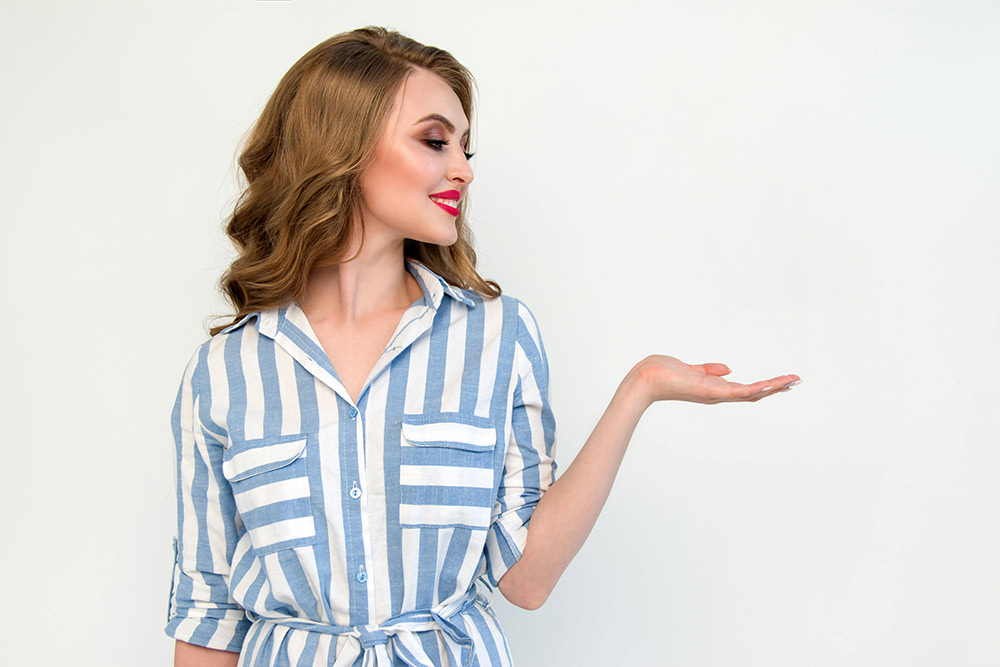
Modern styling continues to echo fashion eras that left a permanent mark on how we dress today.
Some trends come and go; others are born to last!
The fashion eras that left a permanent mark - the ones still shaping what we wear and how we design - didn’t just look good on a mood board. They meant something because they challenged norms, then created new ones. They gave people permission to feel bold, soft, seen, rebellious, powerful, or just themselves. And that permission? That’s what really lasts. You see it now in the way people mix eras in a single outfit without even thinking about it. A ‘70s boot with a ‘90s dress and an ‘80s jacket? Totally normal. Because those eras never left; they just got folded into how we tell our stories.
Hits: 12513 | Leave a comment
Tags:modern design, fashion



